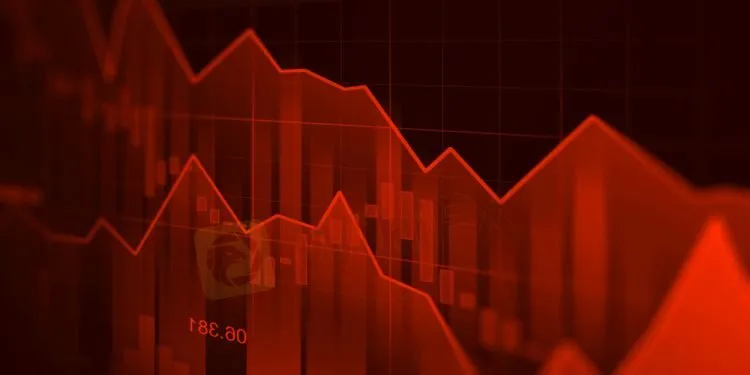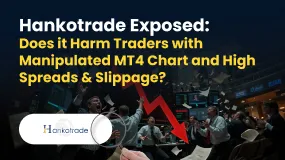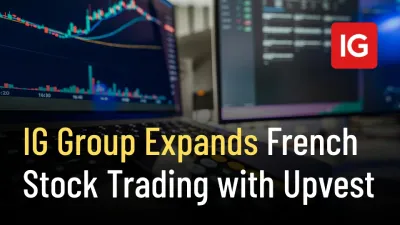简体中文
繁體中文
English
Pусский
日本語
ภาษาไทย
Tiếng Việt
Bahasa Indonesia
Español
हिन्दी
Filippiiniläinen
Français
Deutsch
Português
Türkçe
한국어
العربية
Understanding 5 Different Types of Volatility
Abstract:Volatility defines as the significant move of a price, it can be higher or lower. Volatility can happen to any asset. It has also measured and researched in the stock market. Here are the five types of volatility.

Price volatility happens if there is a strong swing in demand and supply. There are three main reasons for this. The first reason is the seasonality.
For instance, you will find hotel room prices rise during winter since people like to get away from the snow. On the other hand, the price significantly drops during the summer since people like to travel nearby.
The second reason is the weather. An example of this is agricultural products. The last factor is emotions. Most of the time, if traders are trading with their emotions, they will trigger volatility.
Stock Volatility
Some stocks are highly volatile by nature. These stocks are more risky for your investment portfolio. Consequently, investors try their best to get higher profit from these stocks. Thus, this stock should show consistent increasing prices or pay high dividends.
These days investors have had a tool to measure stock volatility. The name of this tool is beta.
Historical Volatility
Historical volatility reflects the amount of volatility of a stock in the past 12 months. The stock is more volatile and riskier if the price is more varied in the past year. These stocks become less attractive to investors.
To get profit, investors have to hold this stock until the price return. Traders can know the low and high point by studying the charts. Once the stocks at a high point, an investor can sell it to get profit. That is timing the market.
Market Volatility
It is the velocity of the changes of any asset prices, including forex, stock, and commodities. This volatility happens due to a lot of uncertainties. Bearish traders or short sellers usually drive the price down after bad news. On the other hand, bullish traders bid up prices after a good news appear.
Implied Volatility
It refers to the level of volatility that options traders think the stocks may have in the future.traders can know this type of volatility from the different future option prices. Rising option prices show increasing volatility, and vice versa.
During the volatile moment of the stock price, traders should buy the stock and wait for the stock price increase.

Disclaimer:
The views in this article only represent the author's personal views, and do not constitute investment advice on this platform. This platform does not guarantee the accuracy, completeness and timeliness of the information in the article, and will not be liable for any loss caused by the use of or reliance on the information in the article.
Read more

Hankotrade Exposed: Does it Harm Traders with Manipulated MT4 Chart and High Spreads & Slippage?
Have you witnessed a manipulated MT4 chart on Hankotrade login, showing inaccurate trading figures? Have you been victimized by high swap fees, inflated spreads, and massive slippage? Is the payment processing time too long at Hankotrade? Do you face downtime issues, especially when the New York trading session is on? These are some top complaints against the Belize-based forex broker. In this article, we have shared these complaints. Take a look!

Cloudflare Outage Disrupts Broker Websites and Crypto Platforms
Cloudflare outage causes widespread disruption to broker websites and crypto platforms, highlighting risks in web infrastructure reliance.

Interactive Brokers Expands Access to Taipei Exchange
Interactive Brokers adds Taipei Exchange trading, giving clients access to equities, ETFs, and TDRs with seamless FX conversion and Asian market exposure.

IG Group Expands French Stock Trading with Upvest
IG Group partners with Upvest to launch stock and ETF trading in France, boosting its European expansion amid rising broker competition.
WikiFX Broker
Latest News
CQG Partners with Webull Singapore to Power the Broker’s New Futures Trading Offering
【WikiEXPO Global Expert Interviews】Ashish Kumar Singh: Building a Responsible and Interoperable Web3
IEXS Review 2025: A Complete Expert Analysis
CySEC Flags 21 Unauthorized Broker Websites in 2025 Crackdown
IEXS Regulation: A Complete Guide to Its Licenses and Safety Warnings
WinproFx Withdrawal Problems: A Complete Look at Delays and User Reports
Simulated Trading Competition Experience Sharing
Factory Orders Data Show Rebound In August
WinproFx Regulation: A Complete Guide to Its Licensing and Safety for Traders
Interactive Brokers Expands Access to Taipei Exchange
Currency Calculator



